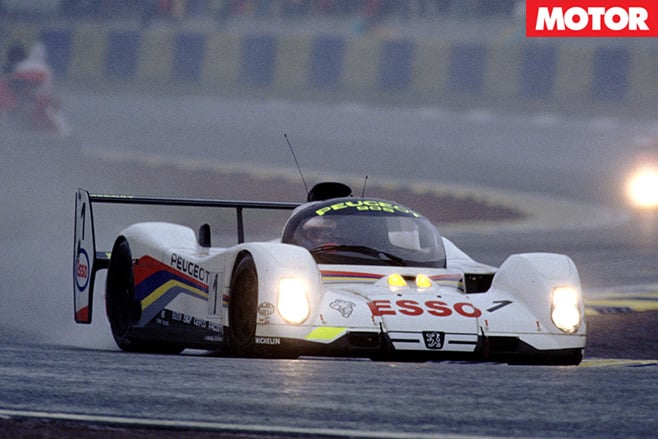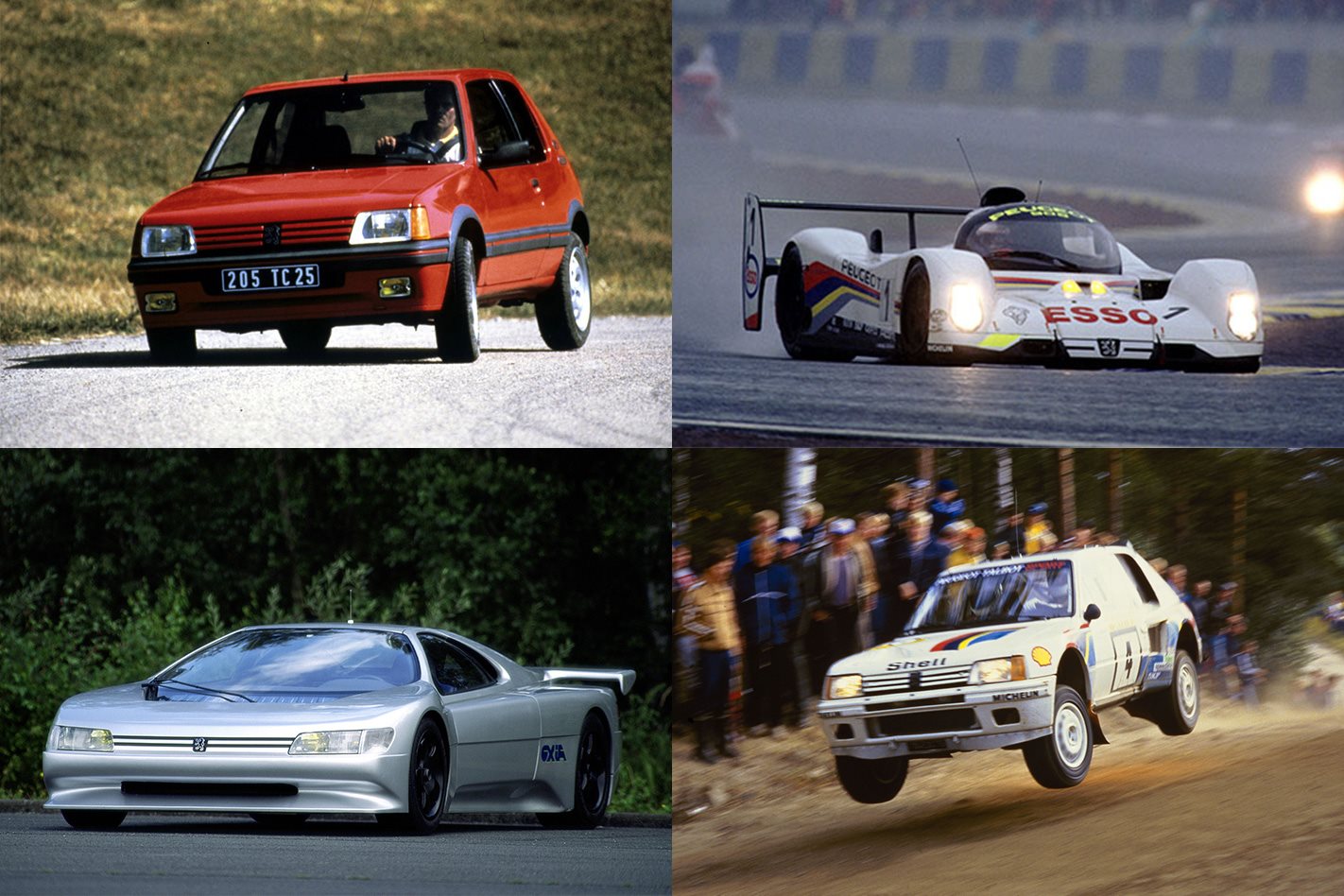When you think of Peugeot, what springs to mind? French, obviously, stylish design maybe, and probably practical, thanks to cars like the 308 hatchback or 2008 SUV.
Crazy doesn’t necessarily leap to mind, but for about a decade Peugeot had a serious wild side. Here are seven cars that proved Peugeot could push the boundaries.
Peugeot 205 GTI
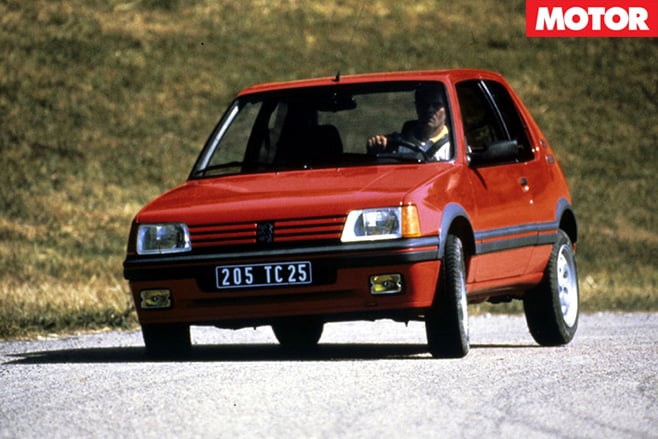
Peugeot 205 T16

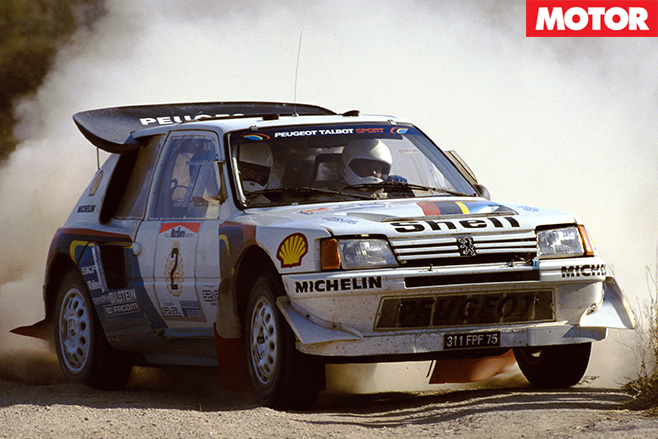
Peugeot Quasar
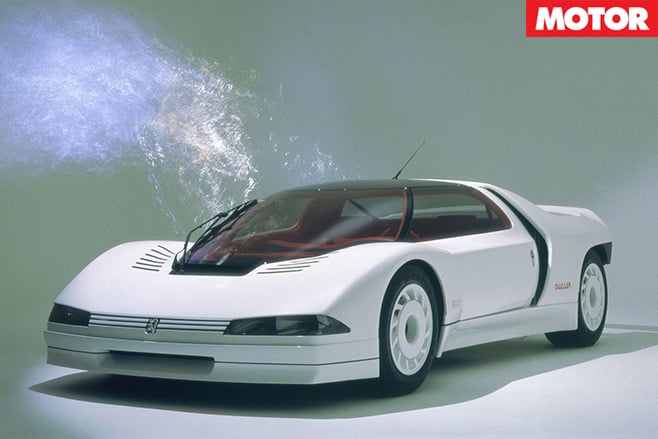
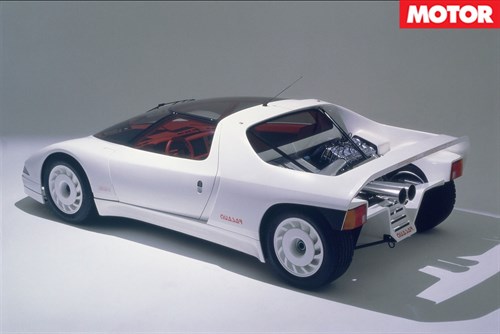
1
Peugeot Proxima
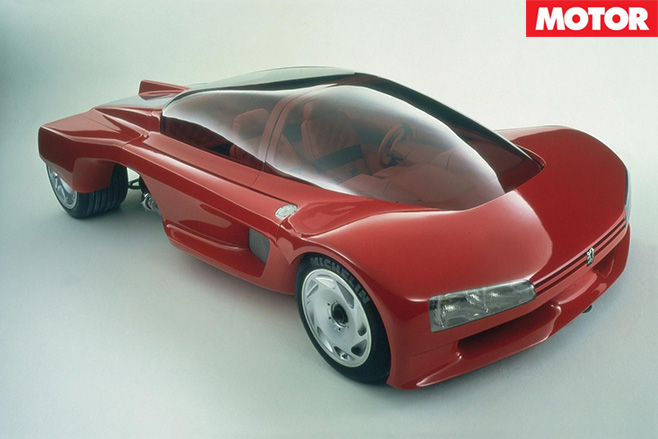

Peugeot 405 T16/Dakar
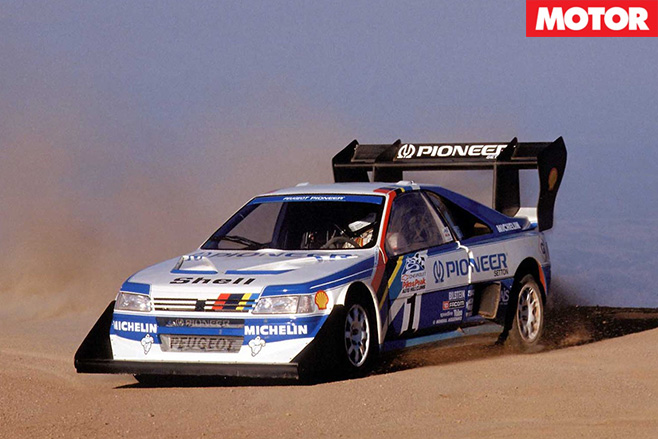
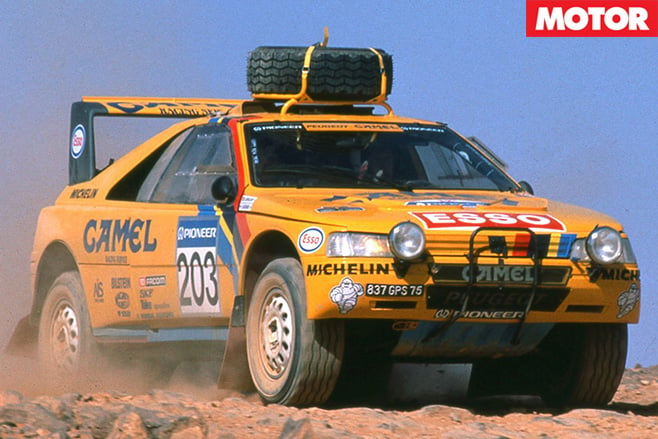
Peugeot Oxia


Peugeot 905

